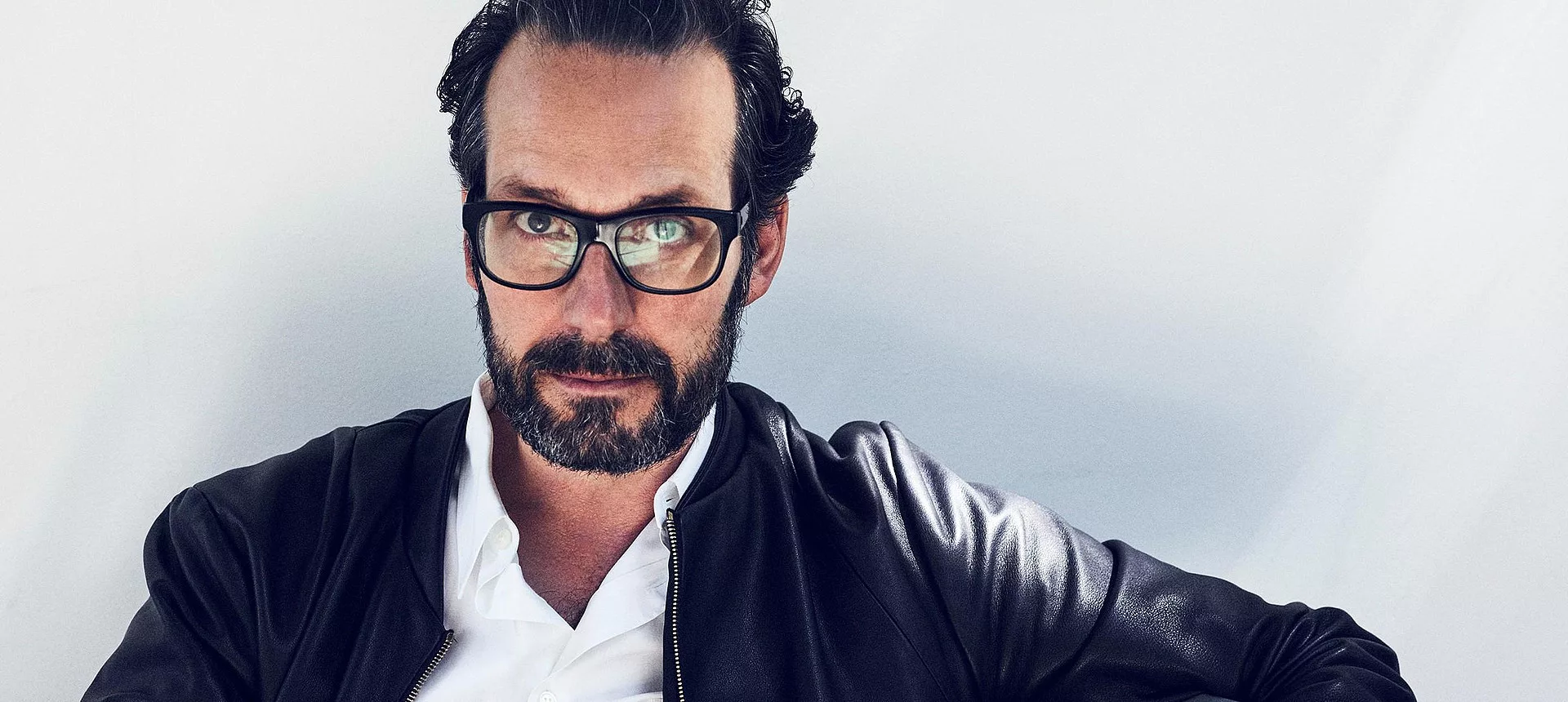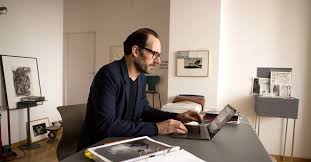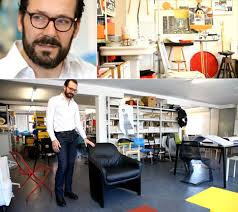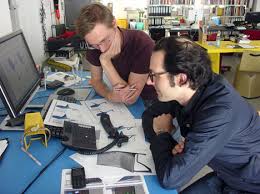
Konstantin Gracic Interview graduated from the John Makepeace School in Dorset as a cabinet maker before studying design at the Royal College of Art in London. After graduating he worked as an assistant to the English designer Jasper Morrison before founding his studio in 1991 in his hometown of Munich. His pioneering designs combine an industrial aesthetic with experimental and artistic elements. However his new material combinations and production techniques, such as Chair_One (2004) consisting of a cement base and a seat shell made of die-cast aluminum are also characteristic.

I want to understand how design is connected to life.
Konstantin Grcic is one of the most influential designers of our time. Serious and functional, unwieldy and occasionally disconcerting, his works combine an industrial aesthetic with experimental, artistic elements. Curator Janna Lipsky spoke with Grcic about his understanding of design, his inspirations and the beginning of his career.
Can you describe what design is?

Design is the adventure of not exactly knowing what a given creative process will yield. I refuse to have any preconceived notions of functionality, any preconceived ideas of comfort and beauty. I want to understand how design is connected to life. The fact that life is not perfect makes it all the more interesting; it is therefore all right if products are a bit unruly. My designs do not immediately reveal themselves. They do what they are designed to do, are functional, but at the same time, they question their functionality and call upon the user to do likewise.
Why did you aspire to become a designer?

In the 1980s, I apprenticed as a cabinetmaker in England. At the time, my sister was living in Vienna, where a retrospective was being shown on Achille Castiglioni. I wasn’t familiar with Castiglioni but my sister sent me the exhibition catalog, which made an impression on me. The catalog not only covered his works but also Castiglioni as a person. He was already quite old but still so curious and spry! At the time, I was thinking about what I wanted to do. I believe people not only need to find something that interests them, but also role models. Castiglioni was such a person for me and it suddenly clicked that I could become a designer.
And what is a typical working process like? Is there a central theme that defines every project?
Yes, a project needs a strong idea. That may sound like a formula, but it’s not. The process is somehow different and more complicated, but in the end you always look back and realize: »Ah, yes, this was the idea that carried the whole project.« The idea, or whatever you want to call it, can’t be forced. That’s the challenge and simultaneously the great unknown. Good ideas come from a mix: from research, experimentation and reflection, but then there also needs to be that moment of brilliance. The materials and the ideas come together and produce something like a chemical reaction. The whole thing intensifies and somehow all these fragments turn into something much bigger.
The exhibition »Panorama« presents your work to date but also ventures a look into the future of design. How did this project come about?
I was never interested in a classic presentation of works. Instead, I wanted to understand the exhibition as an independent work, as a design project. In dialogue with Mateo Kries, it was decided that the show should involve a discourse on the future. As an industrial designer this isn’t all that unusual, but the exhibition provided an opportunity for a much more programmatic and comprehensive investigation of the theme. The show could become an expression of my personal view of the future. At the same time, such a subjective statement prompts consideration of other interpretations. Clear images of the future are clichés of the past. Today, engaging with the future means confronting a multitude of more subtle issues.
